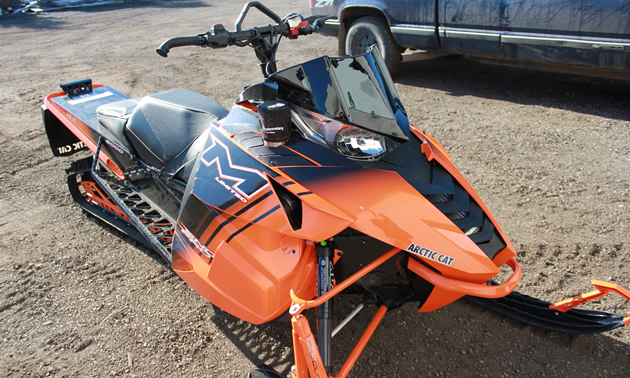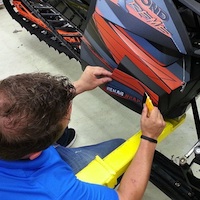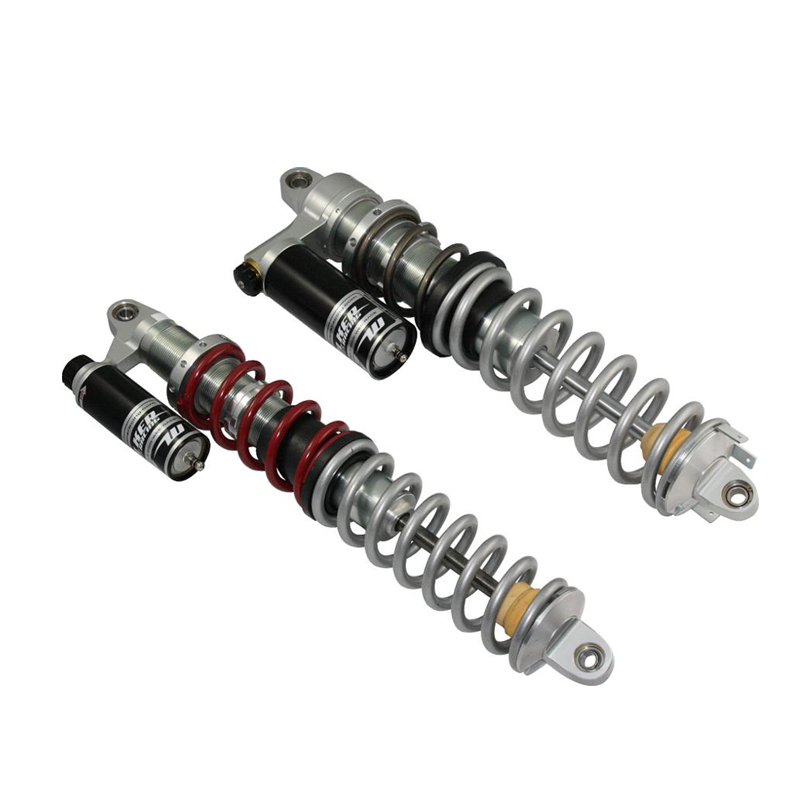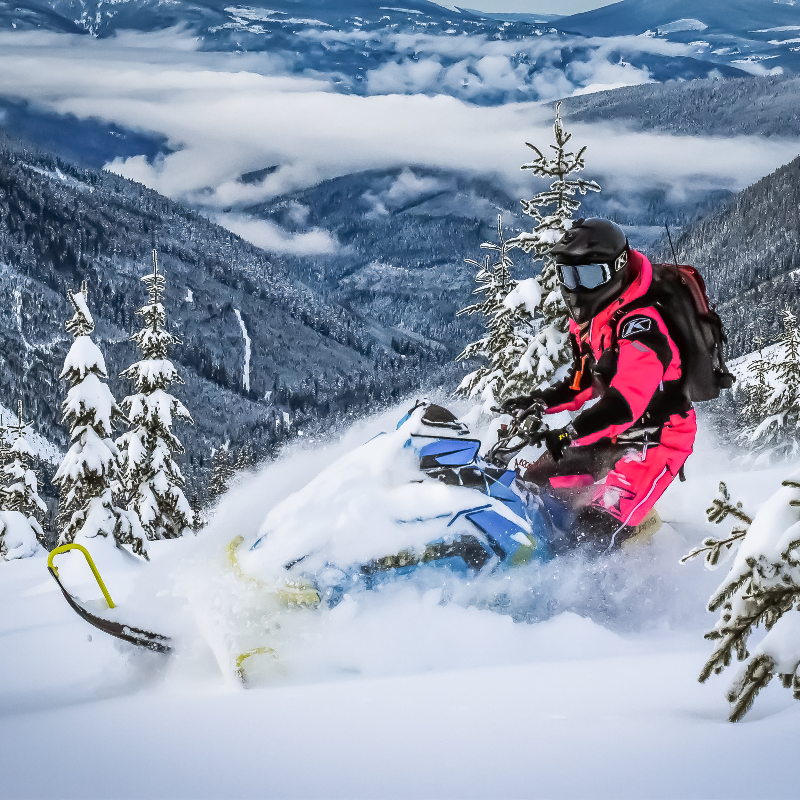With 20 years of experience behind the Speedwerx team from Forest Lake, Minnesota, is it any wonder they are the first company to produce a strong, consistent two-stroke supercharger for snowmobiles?
It takes experience and a complete understanding of the entire machine to create supercharger success with snowmobiles, explained Jeremy Houle, son of Steve Houle, who founded the Sweedwerx company in 1994.
A strong sense of family and success is behind Speedwerx. Jeremy’s grandfather, Gary Houle, was a world champion, along with his uncle, Mike, who has won several world championships.
Simple, reliable power
In the quest for more power, some would automatically think bigger engine, but there are downfalls. Heavier, with more cost to run and maintain, a larger engine is not the answer for snowmobilers.
Turbos, another popular option, have increased in popularity and technology, especially over the past 10 years. Turbos are powered by the mass flow of exhaust gases, which pressure up to drive a turbine. The pressuring-up time, often referred to as turbo lag, is the one gremlin manufacturers tackle with each advancement.
Superchargers, while operating along the same principles, do not rely upon exhaust gases to spin the turbines; they are powered mechanically by a belt or a chain drive from the engine’s crankshaft. This mechanical operation eliminates the potential for lag in superchargers.
“Currently Speedwerx offers two base packages: low elevation and high elevation,” said Jeremy. “In a perfect world with unlimited time and resources, a person would change pulleys/boost for different elevation and riding areas, but we focused on making our supercharger packages simple.”
It's pull the rope and go technology to accommodate everyone. Change in elevation and atmospheric pressure seems to be the issue that has plagued two-stroke superchargers in the past, but Speedwerx has discovered the secret to success.
Speedwerx kits run strong and consistent, even in Canada where riding elevations tend to be much lower than those in the U.S. Riding elevations in B.C. usually run between 5,000 and 8,000 feet. In the U.S., the average is 7,000 to 10,000 feet. The change of atmospheric pressure was hard to compensate for, but now Speedwerx has success stories of riders unloading at 2,500 feet and being able to ride up to 9,000 feet with not so much as a burble from their machine. The boosted supercharger power remains constant, as does the machine’s performance. This is a huge win in the world of snowmobile superchargers.
Real world testing
Rider Rob Kincaid was curious about supercharger technology when he was given a Speedwerx supercharged 2013 Arctic Cat M800 ProClimb to test last season. His intention was to break it. Five-hundred miles of rigorous testing Kincaid style resulted in love at first braaap.
“The throttle response is unreal,” he said. “With unbelievable grunt and torque, if you want to wheelie you simply lean back. You can pull a re-entry on any hill, and have confidence to pull gnarly lines in the steepest of terrain. It is not even a question of response. The machine will respond every single time. You know the power will be there when you need it. No lag.”
Kincaid is a huge fan of boosted power and has spent many hours laying the smack down on his BoonDocker Performance boosted Cats. Superchargers and turbos both give you more power, but there is a difference. The supercharger will give you that bottom end grunt with arm-stretching torque, while the turbo charger gives you more top end.
While respect for power is always a must, the extra bit of oomph can make a novice rider seem like a pro. Confidence—in the machine, the power and the rider’s ability—are all magnified with the Speedwerx Supercharger.
This season, Kincaid is rocking a 2014 M8000 Ltd. with a 156" 3" Camoplast track, as is Jeremy Houle. This combination makes for the perfect boondocking, hucking and jumping sled with awesome hookup.
Can’t wait to try it
Writing this article has almost been tortuous for me. My thoughts constantly drift into thoughts of a two-stroke supercharger. Arm-wrenching responsive power are words that make my heart go pitter-patter, to say the least. I hope to catch up with Kincaid as he ventures north into our neck of the woods and learn even more about this groundbreaking technology. Speedwerx, well done!
To learn more about Kincaid and his Speedwerx supercharged sled, read Rob Kincaid Rides for the Joy of It.







